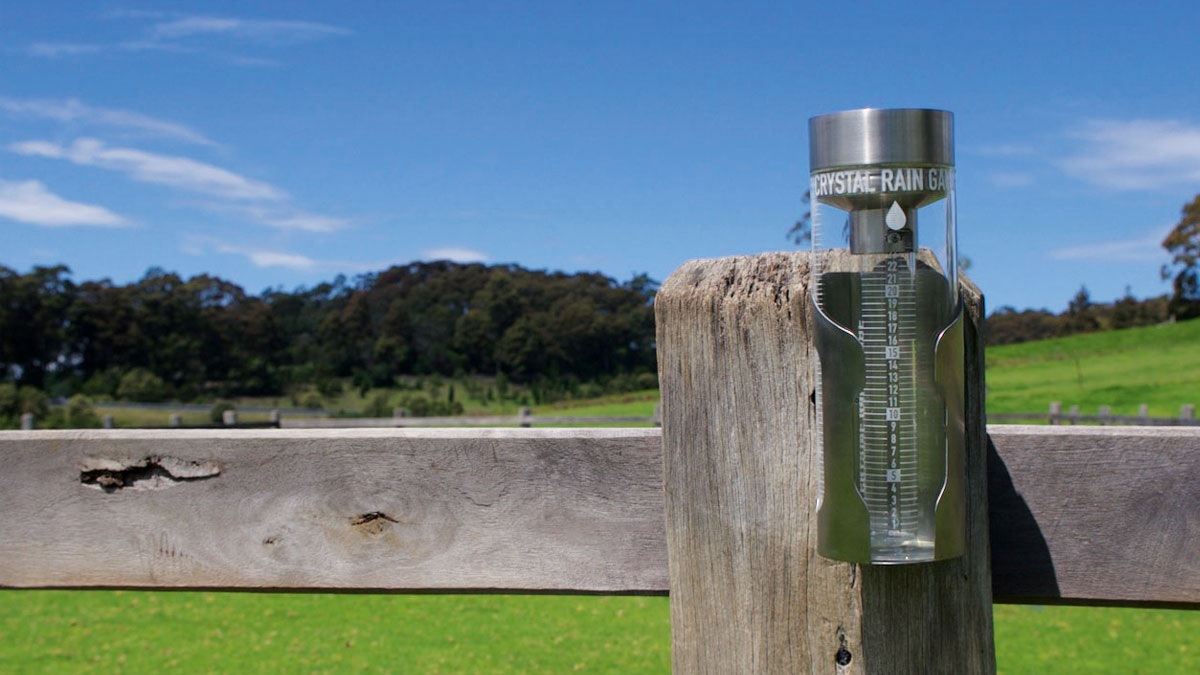
Rain gauges might seem like simple tools, but they hold a world of wonder. Ever wondered how meteorologists predict the weather or farmers decide when to water crops? Rain gauges are the unsung heroes behind these decisions. These nifty devices measure rainfall, helping us understand weather patterns and climate changes. From ancient times to modern tech, rain gauges have evolved significantly. Did you know the first rain gauge was invented over 2,000 years ago in India? Or that some gauges can measure rainfall to the nearest millimeter? Dive into these 21 amazing facts about rain gauges and discover how they impact our daily lives!
What is a Rain Gauge?
A rain gauge measures the amount of rainfall over a specific period. These devices help meteorologists, farmers, and researchers understand weather patterns and predict future conditions.
- Ancient Origins: The first rain gauge dates back to 4th century BC in India. Ancient civilizations used them to predict agricultural yields.
- Simple Design: Most rain gauges consist of a cylindrical container with a funnel. Rainwater collects in the container, and measurements are taken from the water level.
- Types of Rain Gauges: There are several types, including standard, tipping bucket, and weighing gauges. Each has unique features suited for different environments.
- Standard Rain Gauge: This type uses a graduated cylinder to measure rainfall. It's simple and widely used in many weather stations.
- Tipping Bucket Rain Gauge: This gauge has a small bucket that tips when filled with a set amount of water. Each tip counts as a specific rainfall amount.
- Weighing Rain Gauge: This type measures the weight of collected water. It's highly accurate and often used in research.
How Rain Gauges Work
Understanding how rain gauges function can help appreciate their importance in weather forecasting and agriculture.
- Measurement Units: Rainfall is usually measured in millimeters or inches. This standardization helps compare data from different regions.
- Placement Matters: For accurate readings, rain gauges must be placed in open areas away from obstructions like trees or buildings.
- Calibration: Regular calibration ensures accuracy. Even slight errors can lead to significant discrepancies in data.
- Maintenance: Keeping the gauge clean and free from debris is crucial. Dirt or leaves can block the funnel and affect measurements.
- Data Recording: Modern rain gauges often connect to digital systems. This allows for real-time data recording and analysis.
Importance of Rain Gauges
Rain gauges play a vital role in various fields, from agriculture to climate research.
- Agricultural Planning: Farmers rely on rainfall data to plan irrigation and crop cycles. Accurate measurements can prevent water wastage and improve yields.
- Flood Prediction: Rain gauges help predict floods by providing data on heavy rainfall. Early warnings can save lives and property.
- Climate Research: Long-term rainfall data helps scientists study climate change. Patterns and trends in precipitation reveal important climate shifts.
- Water Resource Management: Rainfall data aids in managing water resources. It helps determine reservoir levels and water supply planning.
- Urban Planning: Cities use rainfall data to design drainage systems. Proper planning can prevent urban flooding and waterlogging.
Fun Facts About Rain Gauges
Rain gauges have some interesting and quirky aspects that make them fascinating.
- World Record: The highest recorded rainfall in a single year was in Mawsynram, India, with 467.4 inches. Rain gauges made this record possible.
- DIY Rain Gauges: You can make a simple rain gauge at home using a plastic bottle and a ruler. It's a fun and educational project.
- Historical Significance: In 1441, Korea's King Sejong the Great invented the Cheugugi, one of the earliest known rain gauges.
- Space Rain Gauges: NASA uses satellite-based rain gauges to measure precipitation from space. These provide global data and cover remote areas.
- Artistic Rain Gauges: Some rain gauges are designed as garden ornaments. They combine functionality with aesthetic appeal, adding charm to gardens.
Final Raindrop
Rain gauges, simple yet powerful tools, have been around for centuries. They help farmers, meteorologists, and even hobbyists understand rainfall patterns. Knowing how much rain has fallen can guide planting decisions, predict floods, and even help in water conservation efforts.
From the ancient Greeks to modern-day scientists, rain gauges have evolved but their purpose remains the same. Whether you’re using a basic cylinder or a high-tech digital gauge, the data collected is invaluable.
Next time you see a rain gauge, remember it’s not just a tube catching water. It’s a link to our past and a tool for our future. So, whether you’re a weather enthusiast or just curious, rain gauges offer a fascinating glimpse into the world of meteorology. Keep an eye on the sky and appreciate the science behind those raindrops!
Was this page helpful?
Our commitment to delivering trustworthy and engaging content is at the heart of what we do. Each fact on our site is contributed by real users like you, bringing a wealth of diverse insights and information. To ensure the highest standards of accuracy and reliability, our dedicated editors meticulously review each submission. This process guarantees that the facts we share are not only fascinating but also credible. Trust in our commitment to quality and authenticity as you explore and learn with us.


